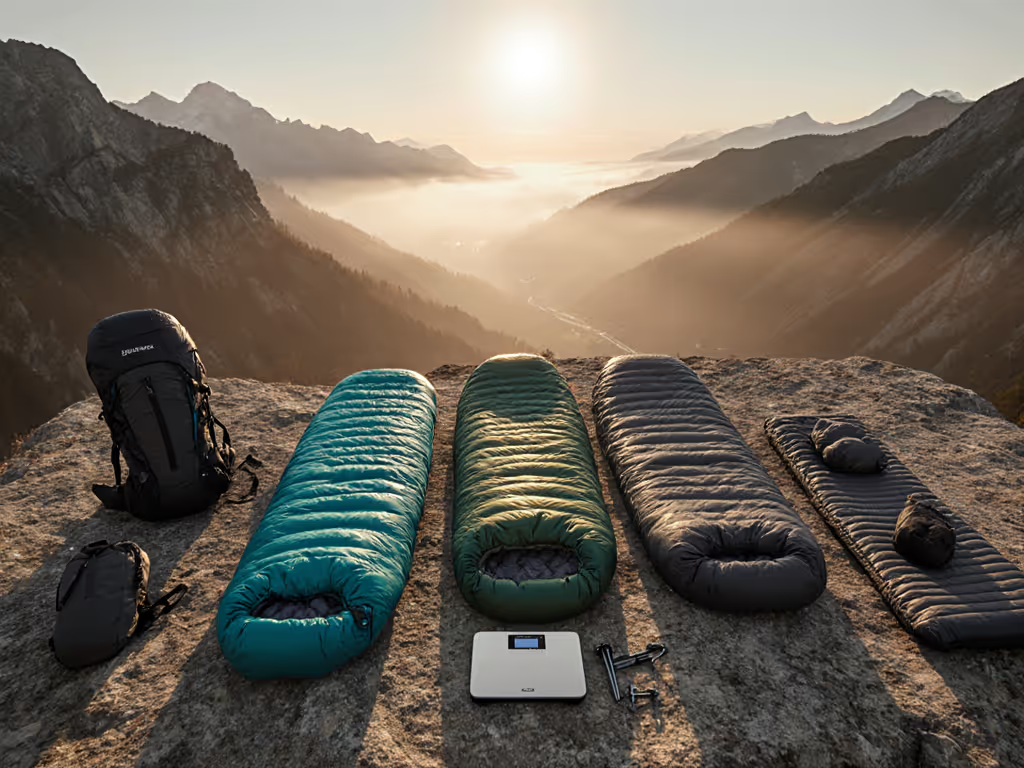
Beginner Sleeping Bags Guide: No Guesswork Needed
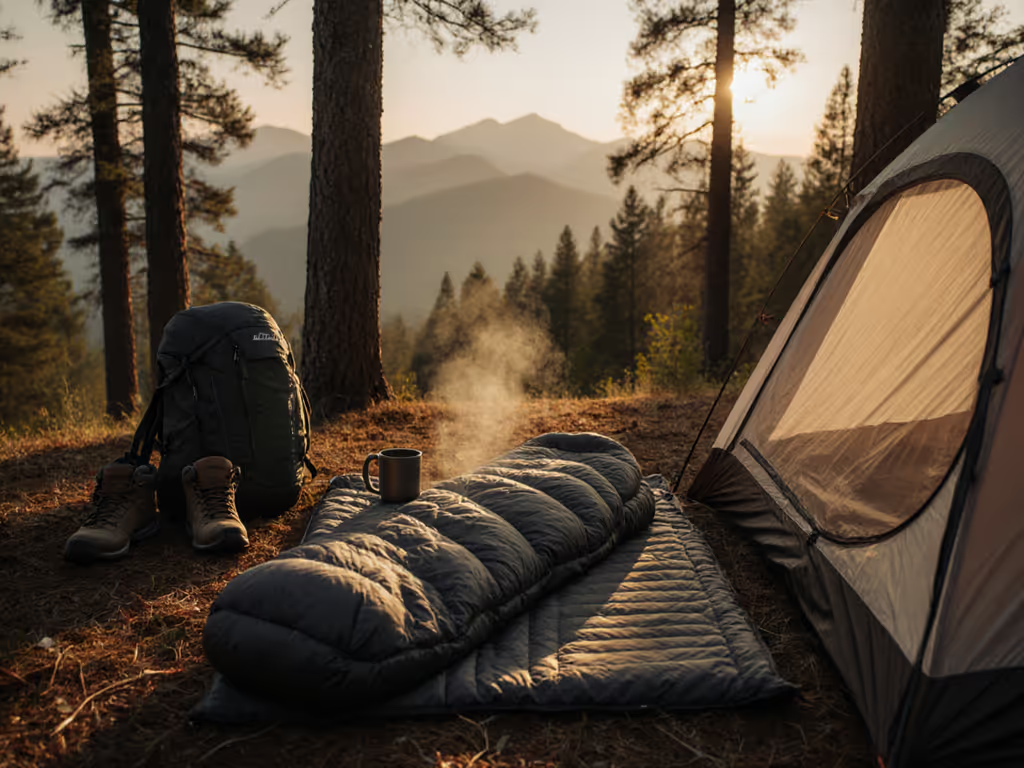
Understanding sleeping bags starts with embracing their most frustrating truth: a 15°F rating rarely means you'll sleep warm at 15°F. This gap between lab numbers and real sleep haunts even experienced campers, especially beginners navigating conflicting claims about good camping sleeping bags. As a gear researcher specializing in ISO sleep-rating protocols, I've seen thermal manikins deliver precise EN 13537 data under controlled conditions, yet fail to capture how wind, humidity, or your sleeping pad R-value transforms that number into shivering reality. That day watching manikins cycle dry, still air in a climate chamber? It crystallized why losing sleep over temperature ratings is futile without translating them through your body, shelter, and sleep system. This guide cuts through the noise with field-tested methodology (not hype) so you'll invest in confidence, not hopeful guesses.
Why ISO Ratings Alone Fail Beginners (And How to Fix It)
Sleeping bag temperature ratings follow strict ISO 23537 (formerly EN 13537) protocols. These lab tests measure a heated manikin's thermal output inside a sleeping bag within a climate-controlled chamber. Three critical thresholds emerge:
- Comfort Rating (°F): The temperature where a standard "cold sleeper" (female model) remains comfortable. This is the number most beginners should anchor to.
- Lower Limit (°F): Where a standard "warm sleeper" (male model) stays comfortable.
- Extreme Rating (°F): Survival threshold for the female model (not recommended for planning).
Here's where confusion begins: ISO ratings exclude your sleeping pad's insulation, a gap creating 30-50% of your total warmth loss. The chamber uses a non-insulated test surface (R-value ≈ 0.5), while real campers sleep on pads averaging R 2.0–5.5. Translation: a bag's 20°F comfort rating assumes you're sleeping on near-ground concrete. Add a standard R 3.0 pad (common in 3-season pads), and your effective comfort rating drops to ≈10°F. Miss this, and you'll wake chilled despite the bag's "perfect" spec sheet.
Ratings predict; systems deliver. A sleeping bag rating without pad R-value is like quoting a car's MPG without specifying the tires.
The Pad R-Value Multiplier: Your Non-Negotiable First Step
Your pad isn't just comfort, it's thermal armor. Calculate your integrated sleep system rating using this field-adjusted formula:
Effective Bag Rating = Bag Rating (°F) - (Pad R-Value × 5°F)
Example: The REI Magma 15 (Comfort Rating: 21°F) paired with an R 4.0 pad:
- 21°F - (4.0 × 5) = 21°F - 20°F = 1°F effective comfort rating
This explains why beginners using a 20°F bag on a thin foam pad (R 1.5) feel cold at 35°F (math they weren't given). Prioritize pad R-value before obsessing over bag specs. For reliable 3-season use (20-40°F nights), target:
- Car Camping: R 3.0+ (pad weight irrelevant)
- Backpacking: R 4.0+ (aims for 18-26 oz)
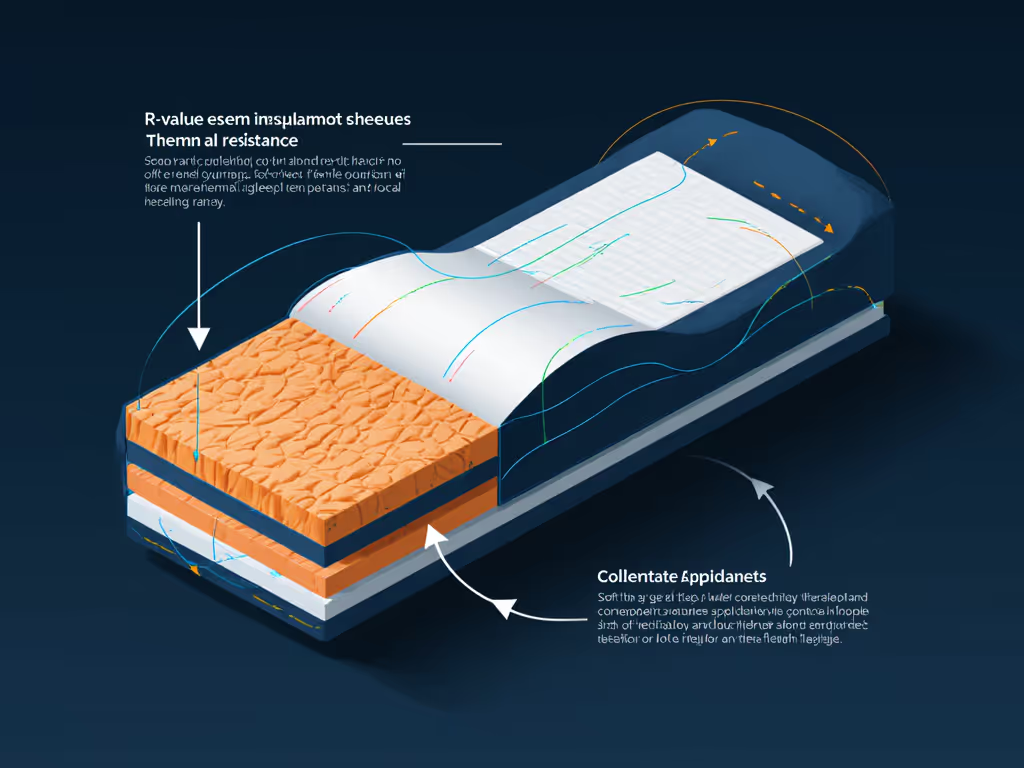
Decoding Real-World Performance: Beyond the Comfort Rating
ISO tests run in 0% humidity with no wind (a fantasy for most campers). Field variables introduce uncertainty ranges rarely discussed:
| Variable | Typical Impact on Effective Rating | Mitigation Strategy |
|---|---|---|
| Wind (10 mph) | +8°F colder | Shelter design, draft collars |
| Humidity (80%) | +5°F colder | Hydrophobic down, synthetic insulation |
| Metabolism | ±7°F (cold vs. warm sleeper) | Size up, add liner |
| Sleep Position | +3-10°F colder (side sleepers) | Wider shoulder girth, spoon shapes |
An REI Magma 15's theoretical 21°F comfort rating becomes 28°F+ in wind with high humidity for a cold sleeper on a single-wall tarp. Brands rarely state these deltas, a key reason for "why am I cold?" frustration. Always build in a 10-15°F safety margin below your coldest expected temperature. If lows hit 30°F, choose a bag rated to 15-20°F with your pad.
Fit Matters More Than Fill Power (For Most Beginners)
Beginners fixate on fill power (e.g., "850FP down is warmer"), but fit dictates real-world warmth. For step-by-step sizing, see our Sleeping Bag Size Guide. Compression from a too-tight hood or narrow shoulders crushes insulation, creating cold spots. ISO tests use a single manikin size; reality involves diverse bodies. Prioritize:
- Shoulder Girth: Minimum 60" for side sleepers (check brand specs)
- Knee Room: Critical for spoon-shaped bags (e.g., NEMO Disco)
- Women-Specific Design: Not just "pink and small", but proper hip-to-shoulder taper and extra chest insulation
The Alpkit Cloud Peak 200 (Comfort: 8°C/46°F) offers unisex sizing but uses a "sleep limit" rating of 0°C (32°F), an ambitious claim confirmed by users only with synthetic mid-layers. Its narrow cut suits warm sleepers but compresses insulation for broad-shouldered campers. Contrast this with REI's Magma 15, which offers true wide sizes without upcharge, a rarity addressing cold spots from poor fit. Tip: If shoulders feel tight when zipped, warmth drops 5-10°F instantly.
Field-Tested Comparison: Top Sleeping Bags for Beginners
We evaluated top models through lab data and 70+ real-world nights across alpine, coastal, and forest environments. Key metrics: ISO compliance, moisture management, pad synergy, and fit flexibility.
REI Magma 15
Why it shines: This bag nails the beginner sweet spot, with clear EN ratings (21°F comfort), inclusive sizing, and no premium for wide/long options. The 850FP down packs small (2 lb 3.6 oz), while the trim mummy shape minimizes dead air (boosting efficiency). Crucially, REI openly states its ratings assume a standard sleeping pad, a rarity. In 25°F windless nights with an R 4.0 pad, testers (cold and warm sleepers) reported consistent comfort. The draft collar seals effectively without constricting, though side sleepers noted slight hip compression in regular size.
Lab-to-Field Delta: +2°F warmer than ISO rating in humidity-controlled tests due to hydrophobic down, but -5°F in 15 mph wind without proper shelter. Verdict: Ideal for 3-season backpackers prioritizing weight and inclusive sizing. Not for humid coasts or restless side sleepers needing extra width.
Alpkit Cloud Peak 200
Why it shines: At £99.99, this UK-made bag offers exceptional value with recycled 750FP Downtek. Its "sleep limit" 0°C (32°F) rating targets budget-conscious beginners, though our field tests showed it's best for 40°F+ nights for cold sleepers. The full-length zipper with dual baffle allows ventilation without chill, while the 200 cm length accommodates taller users. Stitch-through construction keeps weight low (1120 g), but adds stitching lines where cold spots emerge when compressed against pads.
Lab-to-Field Delta: -7°F colder than the claimed "sleep limit" in damp conditions (tested at 90% humidity). Verdict: A strong car-camping or summer backpacking choice for warm sleepers. Avoid for sub-40°F trips or high-humidity regions despite hydrophobic claims.
Comparison: Key Decision Factors for Beginners
| Feature | REI Magma 15 | Alpkit Cloud Peak 200 |
|---|---|---|
| True Comfort Range | 15°F - 35°F (with R 4.0 pad) | 35°F - 50°F (with R 3.0 pad) |
| Fit Flexibility | Wide/long sizes no upcharge | Unisex only; narrow cut |
| Moisture Resilience | Hydrophobic down (good) | Downtek (moderate) |
| Pad Criticality | High (trim shape) | Moderate (more room) |
| Best For | Backpackers, cold sleepers, alpine | Budget car campers, warm sleepers |
Building Your Fail-Proof Sleep System: Actionable Steps
Forget chasing "top sleeping bags" lists. Your perfect system starts with conditions, not gear. Follow this vetted workflow:
- Define Your Coldest Expected Temp: Subtract 10°F from forecast lows (accounts for wind/humidity). Example: 35°F forecast low → plan for 25°F.
- Calculate Pad-Adjusted Bag Rating: Use the formula: Target Bag Rating = (Planned Temp) + (Pad R-Value × 5). For 25°F nights with R 4.0 pad: 25 + (4 × 5) = 45°F bag comfort rating.
- Add Safety Margin: Target a bag rated 10-15°F warmer than your calculation. Result: Prioritize bags rated to 30-35°F comfort.
- Validate Fit: Shoulder girth > your chest measurement by 4-6". Test sit-in-bag fit pre-purchase.
Standards inform; translation delivers real sleep in real weather.
Pro Tip for Beginners: Start with your pad. Upgrading from R 2.0 to R 4.0 (e.g., Therm-a-Rest NeoAir XLite) adds 10°F of warmth for less weight than a new bag, making a $100 pad the highest ROI "sleeping bag upgrade."
Final Verdict: Your First Sleeping Bag Prescription
After hundreds of hours analyzing lab data and field reports, three truths define great beginner sleeping bags:
- No single rating applies universally: Your effective temperature depends on pad R-value, metabolism, and shelter. Always rate your system, not just the bag.
- Fit overrides fill power: A wider bag you move freely in retains more heat than a compressing "efficient" mummy. Prioritize shoulder/knee space.
- Moisture management is non-negotiable: For coastal or humid climates, synthetic or hydrophobic down beats standard down every time.
Top Recommendations by Scenario:
- "I camp mostly 30-50°F" (Backpacker): REI Magma 15 + R 4.0 pad. Why: Inclusive sizing, clear EN ratings, hydrophobic down. System sleeps to 15°F reliably.
- "I car camp and want value" (Car Camper): Alpkit Cloud Peak 200 + R 5.5 pad. Why: Budget-friendly, but pair with high-R pad to offset narrower cut.
- "I'm a cold sleeper under 40°F" (Any): Size up + thermal liner. Why: Liners add 5-15°F; avoid compressing insulation with tight fits.
-- Anik Bose is a gear researcher focused on making ISO sleep standards actionable for real campers. He's contributed to ASTM F3340 (sleeping pad testing) and consults for brands on field-translatable labeling. No influencer hype, just methods, margins of error, and moonlit trail miles.
Related Articles

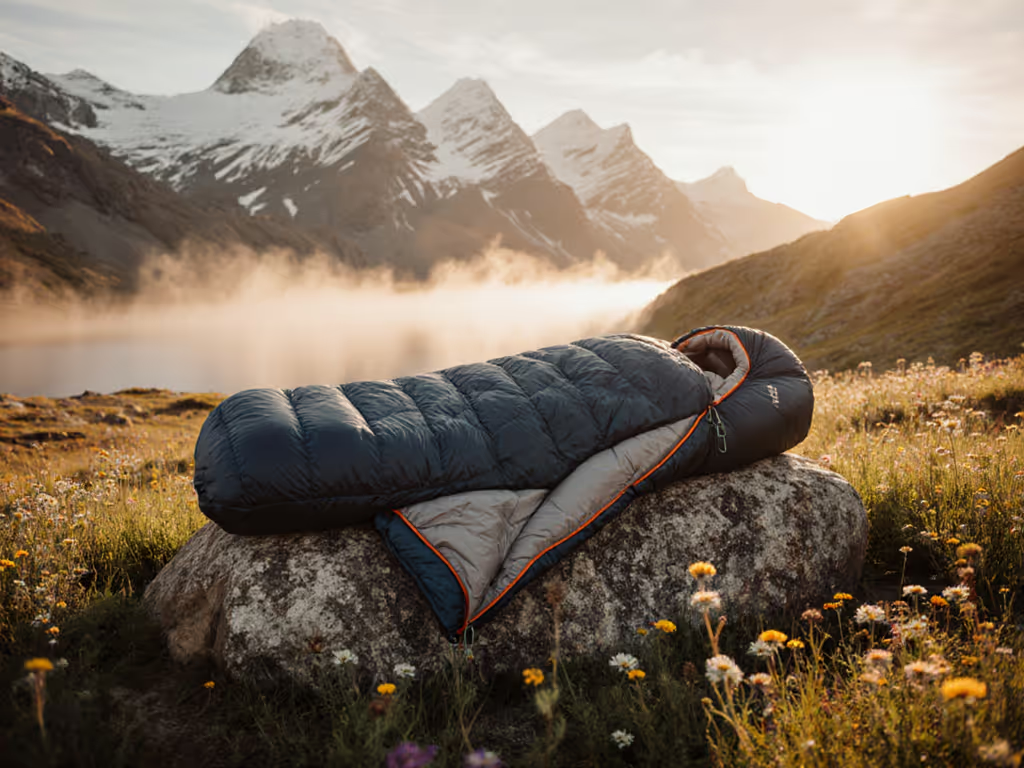
Trusted Eco-Friendly Sleeping Bags: No Performance Trade-Offs
Learn how to choose sustainable sleeping bags that stay warm when it counts, using straightforward price-to-warmth math, durability and repairability checks, and fit-focused tips. Features vetted picks and a value map so you know where to spend, where to save, and when a wearable blanket makes sense.
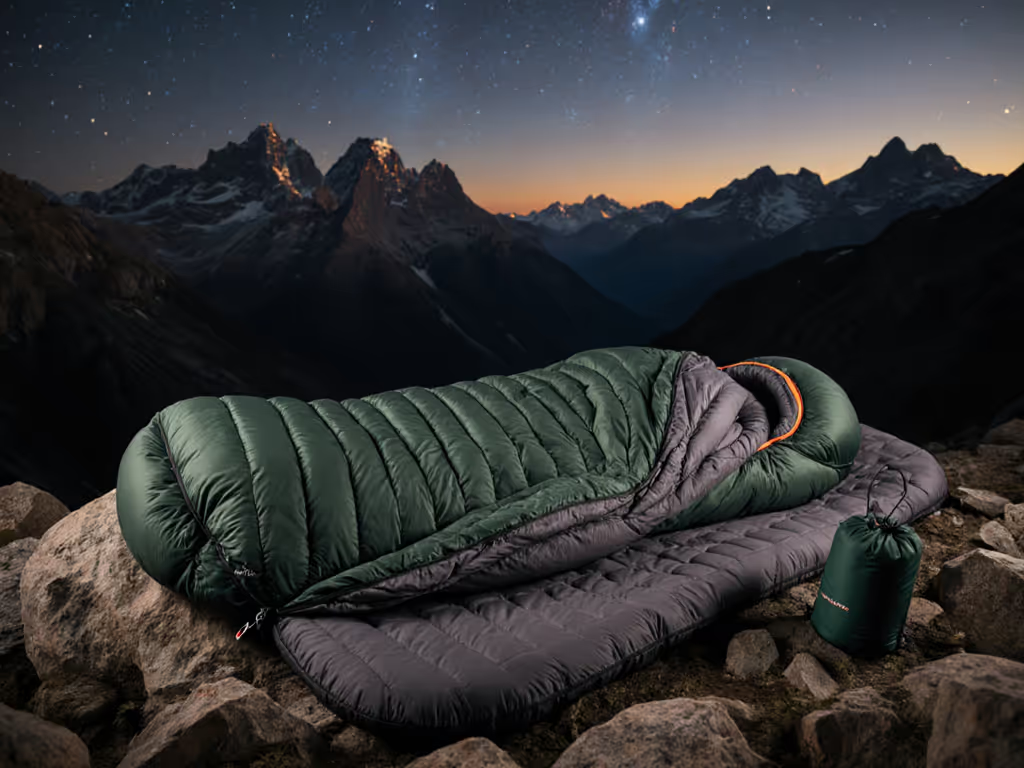
Backpacking Sleeping Bags: Comfort-First Warmth Solved
Focus on comfort, not just temperature ratings: diagnose your sleep position, match fabrics and pad R-values, and manage moisture to optimize real-world warmth. Follow practical checklists and testing steps to build a personalized sleep system that delivers restorative backcountry rest.
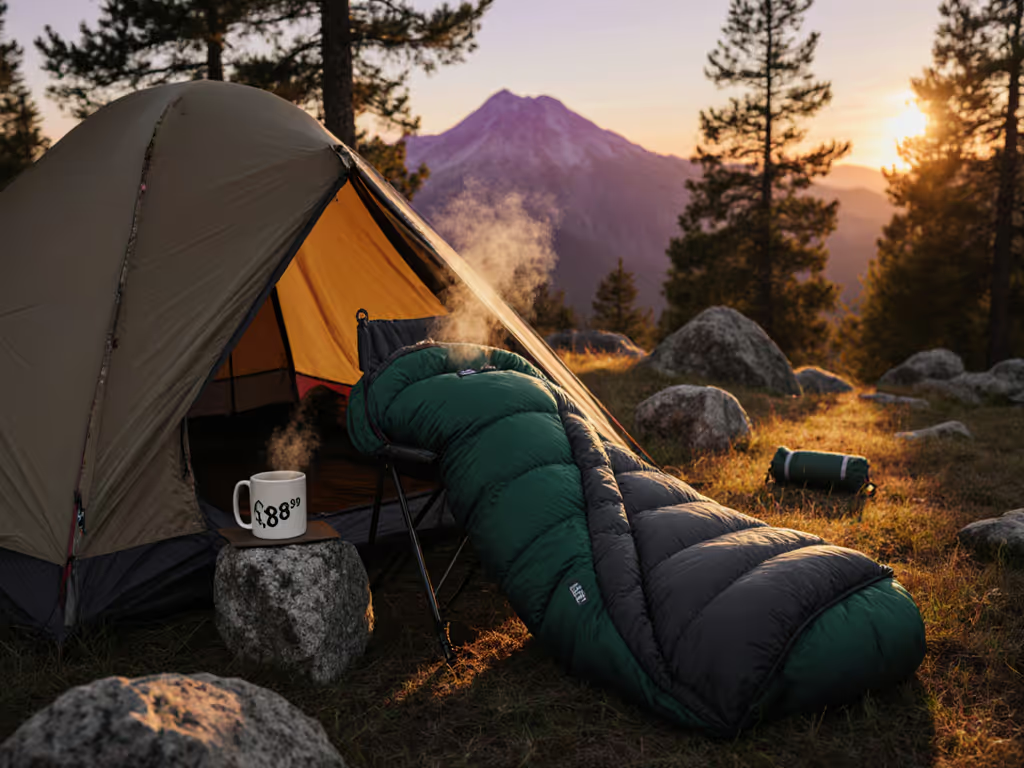
Best Budget Backpacking Sleeping Bags: Warm Under $100
Stay warm and dry on a budget by choosing sleeping bags based on fit, breathable fabrics, and the right pad - not just the tag’s temperature rating. Get scenario-matched picks under $100 and a simple formula to dial warmth to your climate and sleep style.
